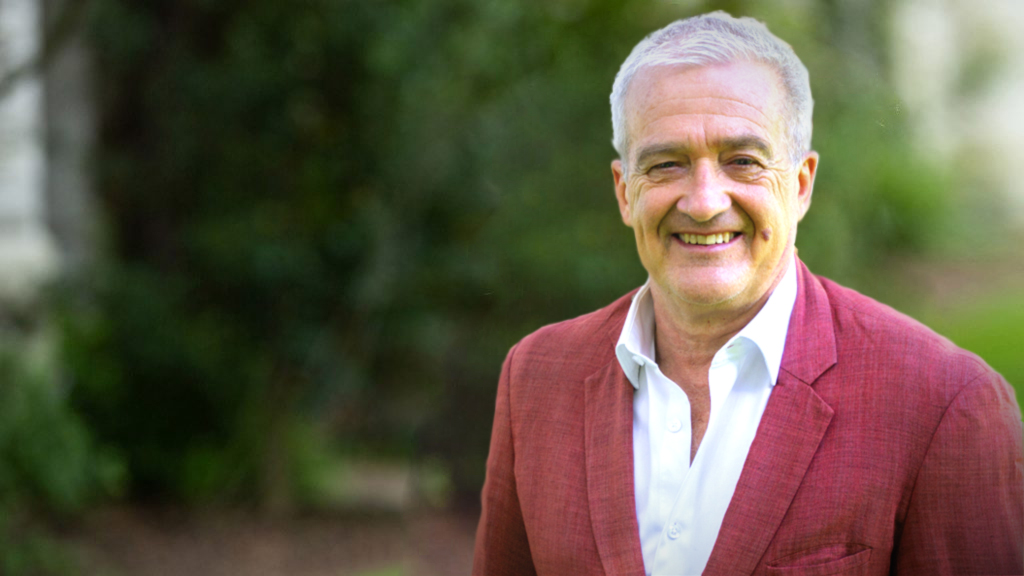Professor Simon Holdaway will be present the keynote address for CAA Auckland 2024. The keynote will be on the morning of Tuesday 9th April in Owen G Glenn Building room 098, at the University of Auckland. Professor Holdaway will be presenting the following:
Time machines, visualisation, and archaeological settlement patterns in Aotearoa New Zealand
Time is the most used noun in the English language, with this usage partly reflecting a desire to time travel as part of experience culture, seen for example in historical role play, reenactments, movies, themed environments, and of course virtual realities and computer games. Archaeologists engage in experience culture through the construction of visualisations, with for example, Jean- Claude Golvin’s artwork in Assassin’s Creed: Origins based on archaeological excavation results. But archaeologists also deal with palimpsests, with the material they study accumulating in ways that often make individual depositional episodes indistinguishable. This has led to criticisms of the types of synchronic reconstructions involved in visualisation, with authors like Bailey, Lucas, Murray, Perreault, and Wandsnider questioning whether behavioural interpretations based on synchronic social theory are useful for interpreting archaeological data. Many years ago, Wilfred Shawcross wrote about the archaeology of Aotearoa New Zealand as one characterised by a short, isolated timescale. Here I ask whether the scope, sampling interval, and resolution of Aotearoa archaeology (to use Perreault’s terms) might be more amenable to synchronic interpretation and therefore visualisation. I use settlement pattern studies, a topic with a long history of investigation in Aotearoa, to explore this question. I focus on the results from a recent fieldwork program on Ahuahu Great Mercury Island where my colleagues and I have used a landscape approach to investigate multiple archaeological deposits. Despite a short, high-resolution chronology, the field evidence from Ahuahu shows a palimpsest of features and objects with evidence of reuse. I consider what this means for settlement pattern reconstructions in Aotearoa and what archaeologists might seek to visualise when investigating the archaeological record.
Simon Holdaway

Simon Holdaway is professor of archaeology and Associate Deputy Vice-Chancellor Research at Waipapa Taumata Rau, the University of Auckland. He was educated at the University of Otago and the University of Pennsylvania where he completed his PhD in 1991 under the supervision of Harold Dibble. He held a post-doctoral fellowship at La Trobe University, Melbourne in 1993 and subsequently lectured at La Trobe from 1994-1998, returning to the University of Auckland in 1999, where he became professor in 2009. From 2016-2021 he was Head of School Social Sciences, in the Faculty of Arts before taking up his current role.
His research interests span material culture in multiple forms with a focus on stone artefacts and the landscape archaeology of arid regions. He has conducted field work in several regions of the world including southwest France, semi-arid and tropical regions of Australia, the north of Egypt, and Aotearoa | New Zealand. He is a corresponding fellow of the Australian Academy of the Humanities and a Fellow of the Royal Society of New Zealand Te Apārangi.